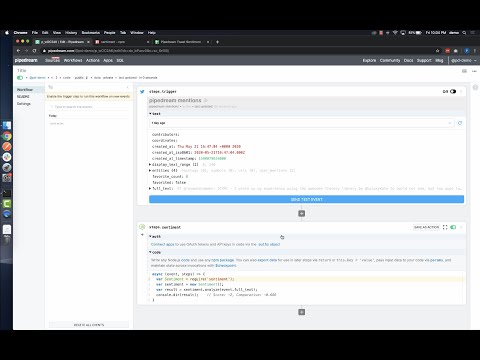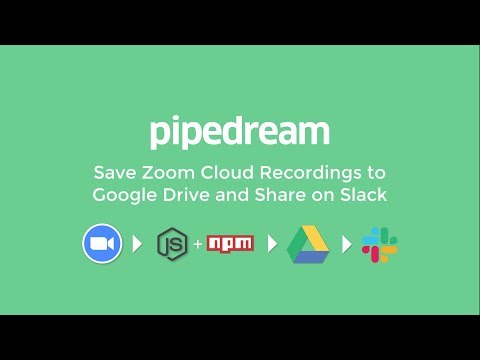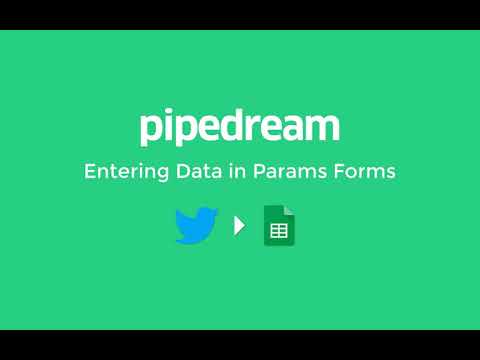What do you want to automate
with Thanks.io and Google Sheets?
Prompt, edit and deploy AI agents that connect to Thanks.io, Google Sheets and 3,000+ other apps in seconds.
Trusted by 1,000,000+ developers from startups to Fortune 500 companies
Popular Ways to Connect Thanks.io with Google Sheets#
Popular Thanks.io and Google Sheets Triggers#
Popular Thanks.io and Google Sheets Actions#
Add a single row of data to Google Sheets. Optionally insert the row at a specific index (e.g., row 2 to insert after headers, shifting existing data down). See the documentation
Add multiple rows of data to a Google Sheet. See the documentation
Get all values or values from a range of cells using A1 notation. See the documentation
Overview of Thanks.io#
The Thanks.io API lets you automate the sending of personalized postcards and letters. This API can be harnessed to craft tailored outreach campaigns, customer appreciation notes, or event-based mailings. By integrating with Pipedream, you can create intelligent, event-driven workflows that trigger mailings based on user activity, data changes, or milestones achieved in other apps, streamlining the way businesses and developers connect with their audiences physically.
Connect Thanks.io#
import { axios } from "@pipedream/platform"
export default defineComponent({
props: {
thanks_io: {
type: "app",
app: "thanks_io",
}
},
async run({steps, $}) {
return await axios($, {
url: `https://api.thanks.io/api/v2/ping`,
headers: {
Authorization: `Bearer ${this.thanks_io.$auth.oauth_access_token}`,
},
})
},
})
Overview of Google Sheets#
The Google Sheets API allows for the creation, reading, updating, and deletion of data within Google Sheets, enabling a robust platform for spreadsheet management and data manipulation. Through Pipedream, you can craft serverless workflows that respond to various triggers, such as webhook events, emails, or scheduled times, to interact with Google Sheets. This synergy can automate reporting, synchronize data across applications, manage inventory, track leads in a CRM, or even conduct survey analysis by updating and retrieving sheet data on the fly.
Connect Google Sheets#
import { axios } from "@pipedream/platform"
export default defineComponent({
props: {
google_sheets: {
type: "app",
app: "google_sheets",
}
},
async run({steps, $}) {
return await axios($, {
url: `https://www.googleapis.com/oauth2/v1/userinfo`,
headers: {
Authorization: `Bearer ${this.google_sheets.$auth.oauth_access_token}`,
},
})
},
})
Related Videos#



Community Posts#


